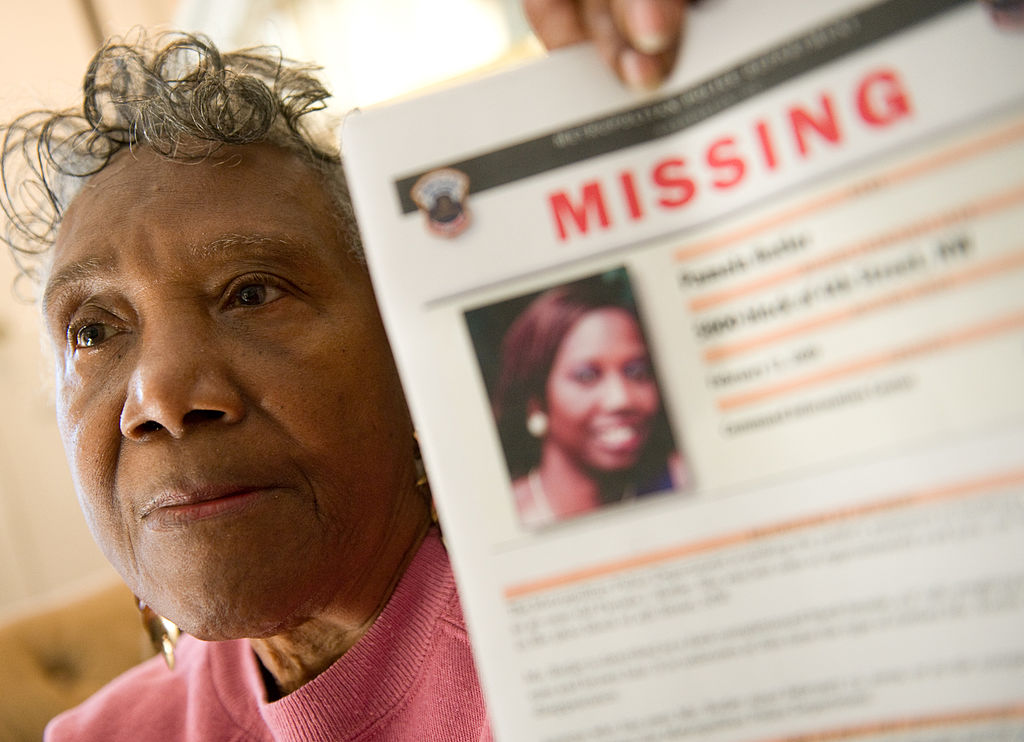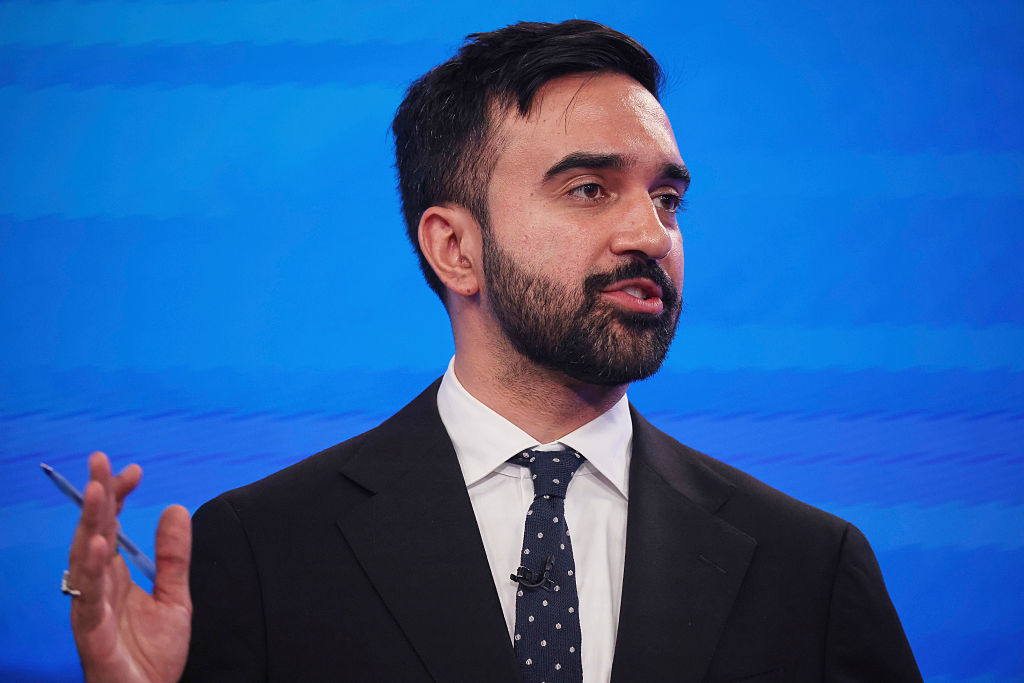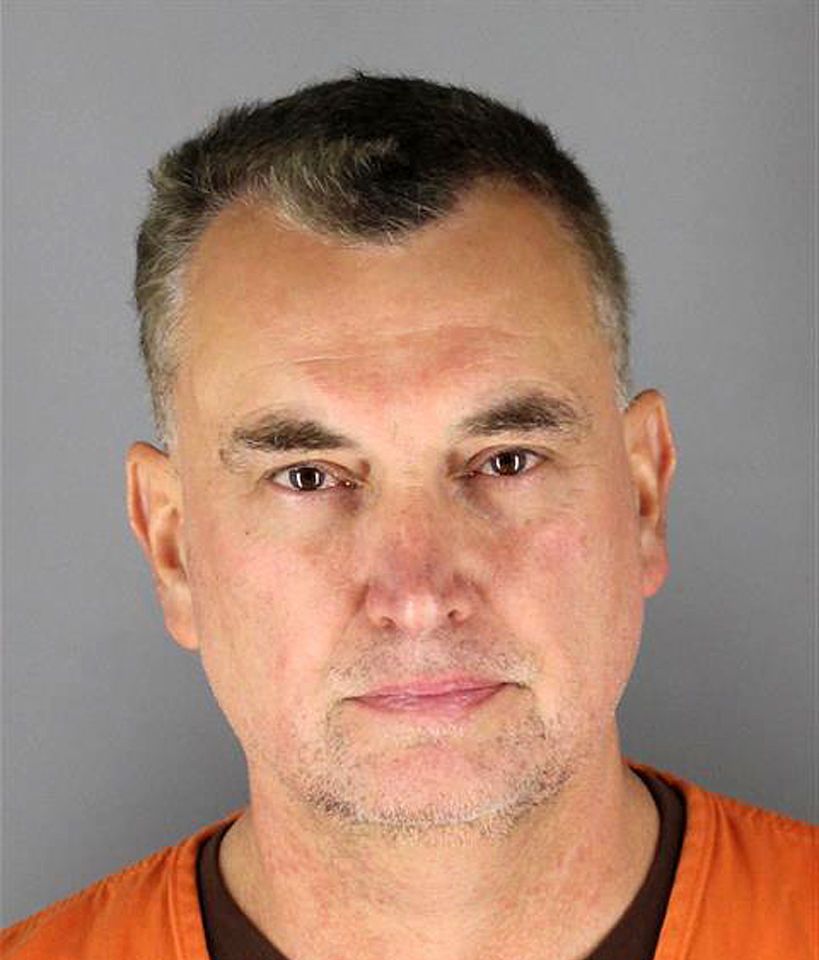Gabrielle Petito: Why Aren't Missing Black Women, Girls Covered Like Her?
Amid Search For Gabrielle Petito, Imagine If Mainstream Media Covered Missing Black Women And Girls As Extensively

Source: The Washington Post / Getty
As outspoken Black people, we’re often asked: Why make everything about race?
It must be an easy question to ask when you’re white and severely limited in the capability of fathoming what marginalization looks and feels like since whiteness is America’s default. So when any given situation arises—whether it be a case of police brutality, a school fight, a crime committed, a lost job, an application rejection or what have you—and Black people wonder out loud how things would be different if the people involved were of a different race, we’re often met with rolled eyes, willful indifference or outright scorn and condemnation for “race-baiting.”
Many of you have probably heard about the story of 22-year-old Gabrielle Petito, the woman who left New York on July 2 for a months-long cross-country trip full of sightseeing and camping with her fiancée, 23-year-old Brian Laundrie. If you’re not familiar with Petito, you can simply Google her name and see her name, face and story pop up on the New York Times, the New York Post, Insider, NBC, CBS, ABC, the Washington Post and countless other local and national mainstream media networks.
On Aug. 12, close to a month and a half after Petito and Laundrie’s trip began, police in Moab, Utah, responded to a report of a “domestic problem” after the couple had “some sort of argument” that turned physical and ended in the two having to be separated with Petito keeping the van they were traveling in while police arranged for Laundrie to stay in a hotel. According to the police report, the couple convinced the authorities to classify the disturbance as a “mental/emotional health ‘break,’” rather than a domestic assault because they were in love and “desperately didn’t wish to see anyone charged with a crime.” (Right now you might be asking yourself, “What if they were Black?” and we’re not even at that part yet.)
Laundrie returned to his house in North Port, Fla., on Sept. 1 without Petito, who was reported missing 10 days later. Laundrie is now considered a person of interest in Petito’s disappearance, but not a suspect.
Now, we’re at the “What if they were Black?” part.
Any compassionate person is hoping Petito is found safe and returned to her family, and if you’re white, that’s really all there is to it. But for Black people, who notice there isn’t anything particularly abnormal about Petito’s story that would differentiate it from any other story where someone has gone missing, it’s hard not to wonder why this story is receiving so much national coverage with some networks publishing live updates on the case’s progress.
What if Petito were Black?
In 2019, the Montgomery Advisor published a story about missing person cases involving Black women and girls in Alabama that went unsolved and underreported.
Kimberly Arrington was reportedly abducted when she was 16 and was last seen on Oct. 30, 1998. LaQuanta Riley went missing when she was 19 and was last seen on December 7, 2003. Aubrina Mack left her home on August 15, 2006, at the age of 21 and hasn’t been seen since. Nanette Thomas hasn’t been seen since she was reportedly abducted at the age of 51 on April 9, 2016. Lakira Goldsmith has been missing since Nov. 27, 2018, when she was 20. Keyquanna Burton disappeared on March 6, at the age of 44. Donna Michelle Calloway was last seen on August 28, 2019, when she was 39.
The Advisor included photos and descriptions of all of these women along with numbers to call if anyone has any information on them. But since none of them got anywhere near the same coverage Petito has gotten—with most of them not making it past minimal local coverage—chances of them ever being found are as limited as the reporting on their stories have been.
In fact, last year, numerous op-ed pieces and news stories were published detailing the crisis of the cases of missing Black people and people of color, especially Black women and girls, going unsolved and scarcely reported by media outlets that do not have national audiences.
The Advisor noted in its study that “although black women make up less than 7% of the U.S. population, they represent about 10% of all missing persons cases throughout the country,” and that “of the estimated 613,000 people reported missing in the U.S. last year, about 60% were people of color.”
Hopefully, Gabrielle Petito is found alive and well. Unfortunately, there are non-white Gabrielle Petitos across the nation who deserve the same attention and sense of urgency but will never receive it.
That’s why we make so much about race—because virtually everything is affected by race.
MORE:
Black Mother Speaks Out: Girls And Women Are Turning Up Missing In Chicago
Where Is Kierra Coles? Everything We Know About Missing Chicago Pregnant Postal Worker
















